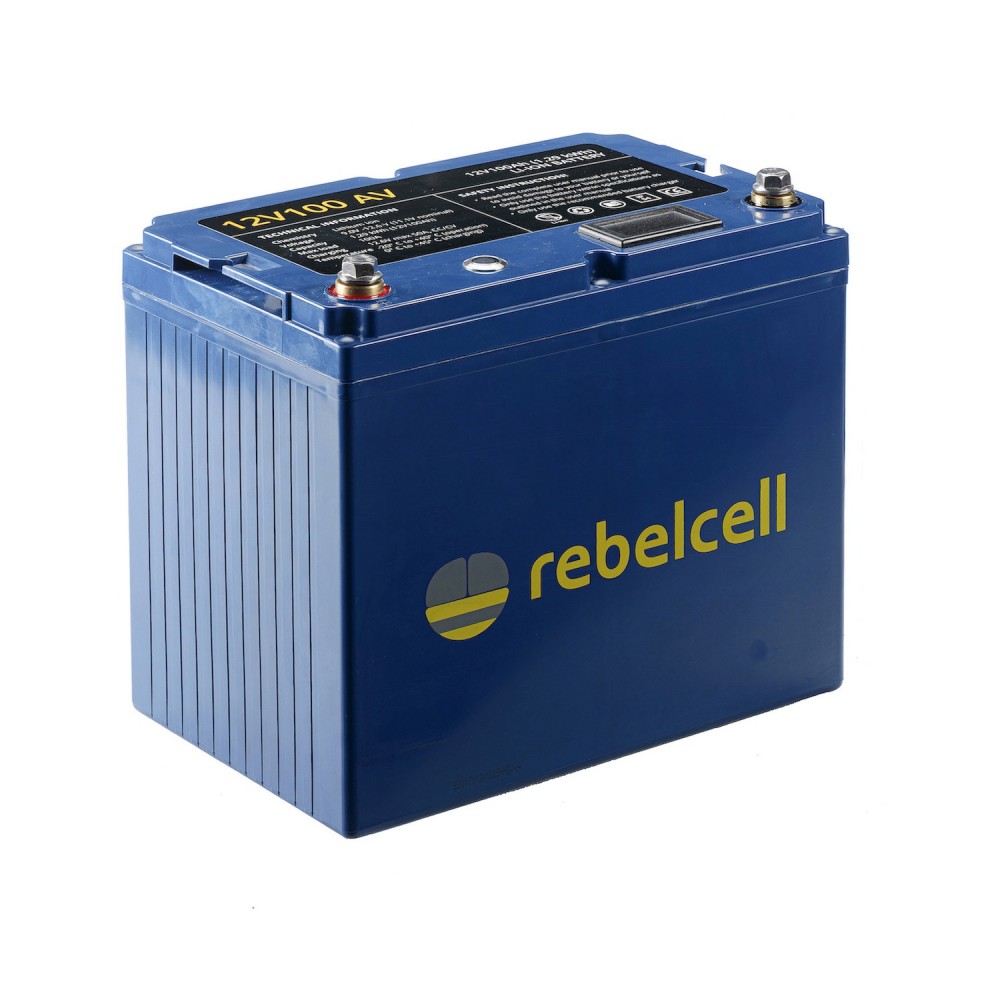Lithium-ion solar batteries are the most commonly used for energy storage, being the best solar batteries from various perspectives. Their main advantage is their ability to release a large amount of energy in a very short period of time.
These batteries emerged in the 1970s but only in the 1990s did they start to be mass-produced and commercially available. Since then, lithium-ion battery technology has developed rapidly, being also used in electric vehicles.

Characteristics of Lithium-ion solar batteries
As the lightest metal, Lithium has the highest electrochemical capacity, providing a high energy density. Additionally, Lithium is a very reactive element, allowing it to store more energy.
In general, a Lithium-ion battery weighing one kilogram can store up to 150Wh of electrical energy. In comparison, a Ni-MH (Nickel Metal Hydride) battery with the same weight can store up to 100Wh, while a lead-acid battery stores only 25Wh per kilogram.
Being encapsulated, Lithium-ion batteries do not require water refilling or maintenance. Their regulating valve accomplishes the recombination of oxygen and hydrogen resulting from chemical reactions at the anode and cathode levels.
Temperature influences the battery’s lifespan, with the optimal operating range for a lithium-ion accumulator being 5°C – 20°C. If the batteries operate at temperatures above this range, their lifespan is significantly reduced. Lower temperatures also reduce the batteries’ storage capacity.
Advantages of Lithium-ion solar batteries
The main reasons why many consider Lithium-ion batteries the best are as follows:
- They have a high power, at a low current;
- They are much lighter compared to AGM batteries;
- They have the ability to withstand several hundred charge/discharge cycles;
- Does not require priming;
- They don’t need regular downloads because they have no memory.
Disadvantages of Lithium-ion solar batteries
- Requires a protection circuit to operate safely;
- Their lifespan decreases whether they are used or not;
- Their manufacture is more expensive than other types of solar batteries;
- They are still in the process of improvement, with other metals and chemicals being tested.
Lithium-ion Batteries: Tips for Use and Maintenance
In general, it is best to partially discharge the Lithium-ion battery, rather than fully deplete it. Similarly, when recharging the battery, it should be partially charged.
As mentioned earlier, Lithium-ion batteries are very sensitive to high temperatures. Most manufacturers recommend a storage temperature of around 15°C to slow down the degradation process.
The lifespan of Lithium-ion batteries is approximately two to three years. Considering that this duration starts from the date of manufacture, it is advisable to use the battery immediately after purchase. As mentioned earlier, batteries degrade even if they are not used.
